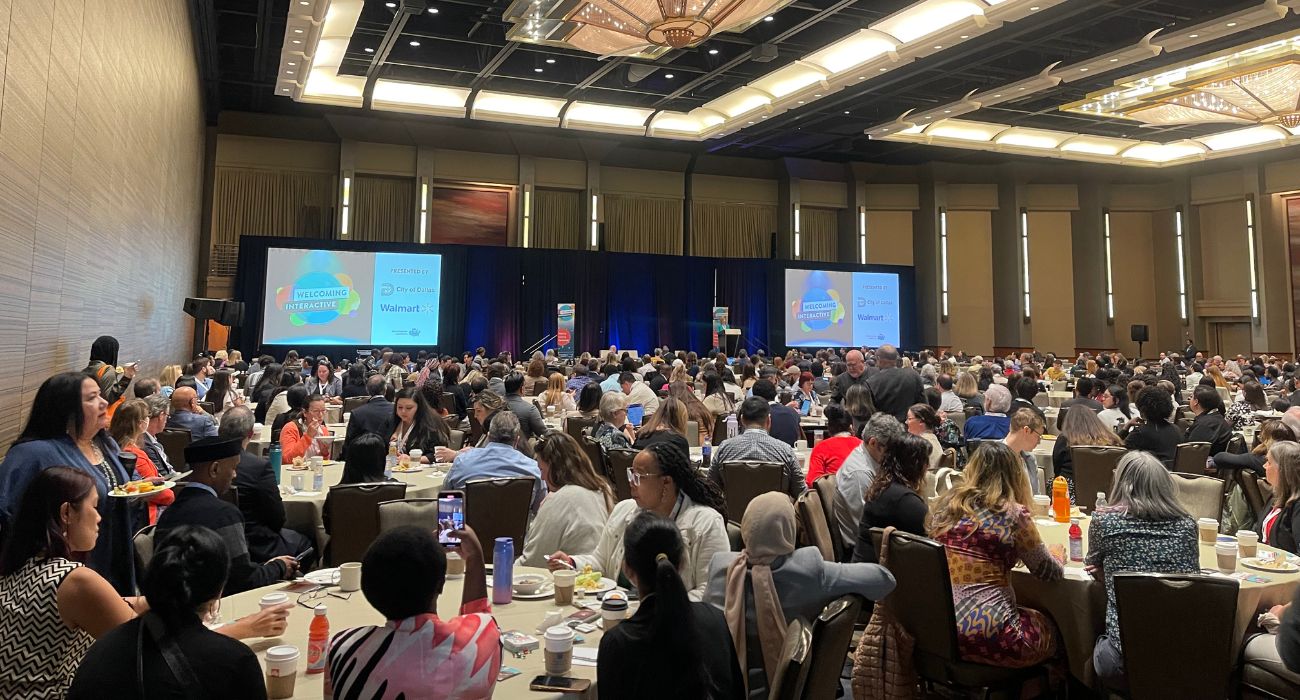The recently released minutes of the Federal Reserve’s May 3-4 policy meeting revealed unanimous support for a 0.5% interest rate increase to counter inflation. Participants at the meeting held that inaction risked even higher commodity prices, as inflationary pressures from the war in Ukraine and COVID-19 lockdowns in China continue with no immediate end in sight.
According to Reuters, last month’s rate hike was the largest in more than 20 years. The Fed’s minutes indicate “most participants” believed that similarly sized increases in the benchmark interest rate would “likely be appropriate” later this summer.
Many meeting participants agreed that increasing rates immediately would position the Fed to better assess the effectiveness of the policy at its upcoming policy meetings in June and July.
Based on his reading of the minutes, investment strategist for BlackRock Bob Miller wrote to Reuters, “We think that after the July meeting the Fed is likely to become more ‘data dependent’ with regard to rate hikes, which essentially means that the policy path after July will depend upon the trajectory of inflation and progress toward correcting the supply/demand imbalances in the labor market.”
Miller’s reading suggests the Fed may not necessarily have to be as aggressive as Fed Chair Jerome Powell indicated in previous statements. If efforts to contain inflation yield progress by July, the Fed could opt to implement fewer or smaller rate increases.
According to the minutes, “a number” of meeting participants pointed to data that showed inflation “may no longer be worsening.” However, participants agreed it was just too soon to tell.
Several factors continue to cloud any accurate reading of the economy’s trajectory. On top of supply chain disruptions caused by the war in Ukraine and China’s COVID-19 lockdowns, consumers in the United States continue to spend when employers are struggling to hire, restricting “the capacity of corporations to meet demand” and resulting in increased pricing.






